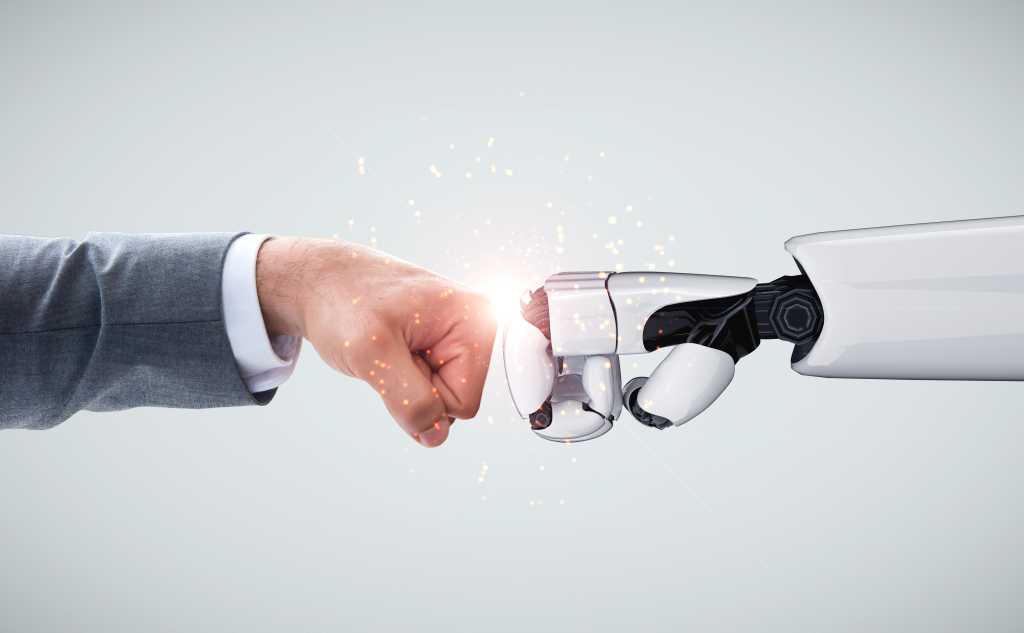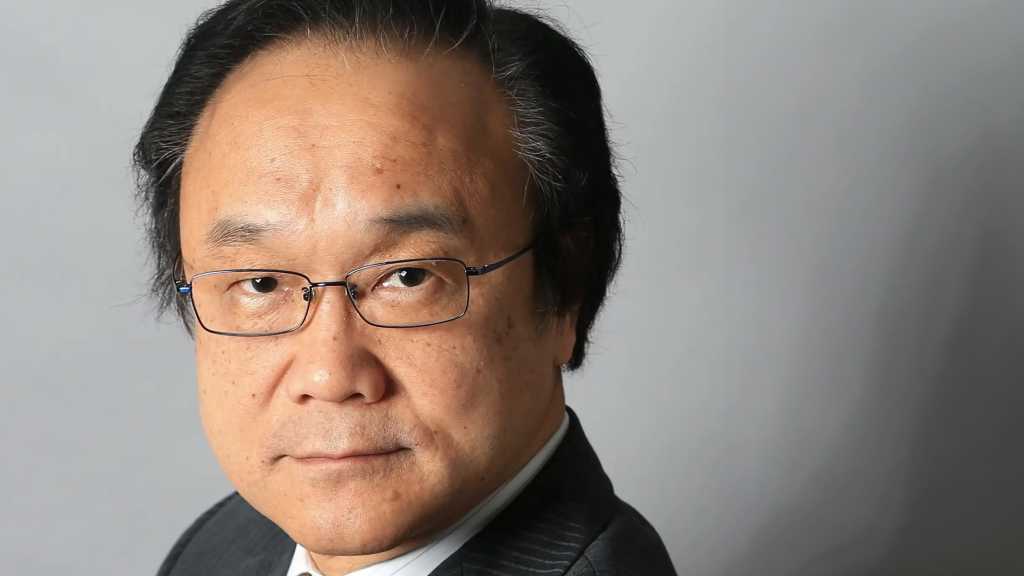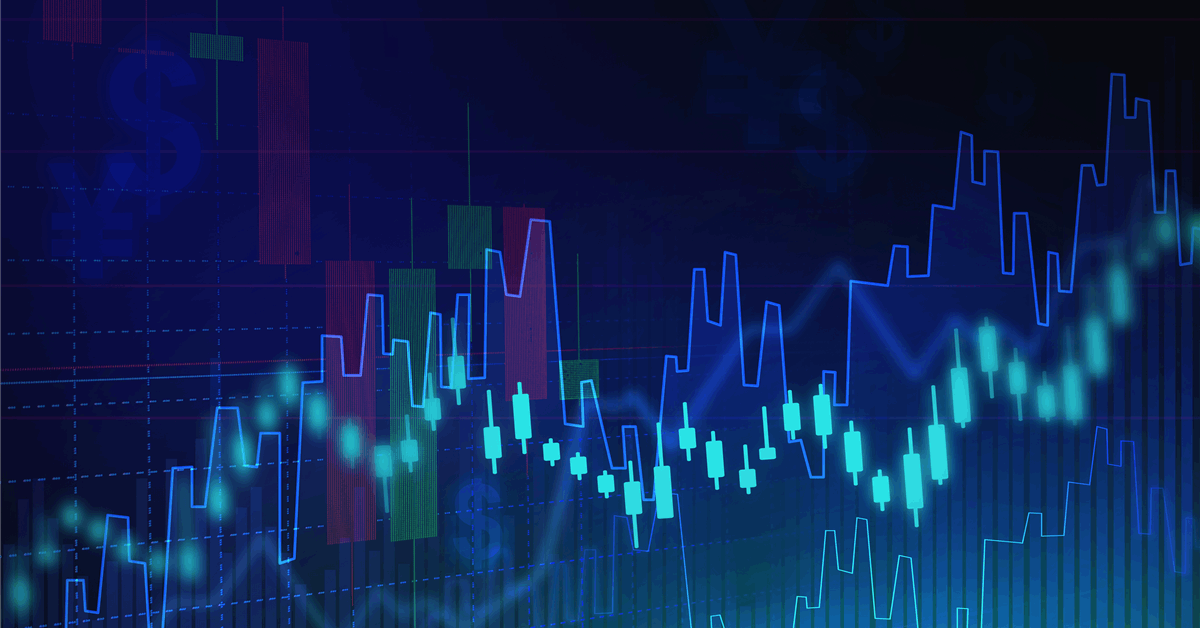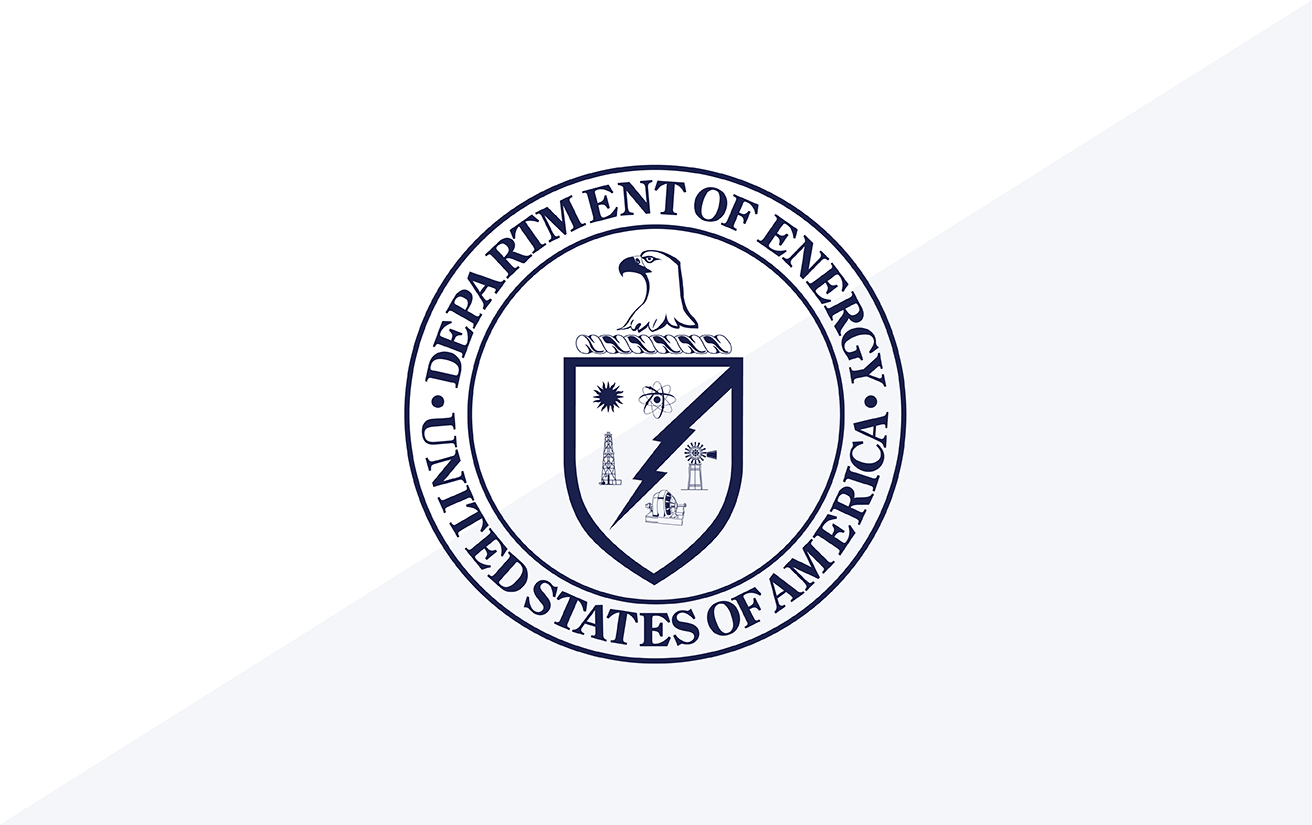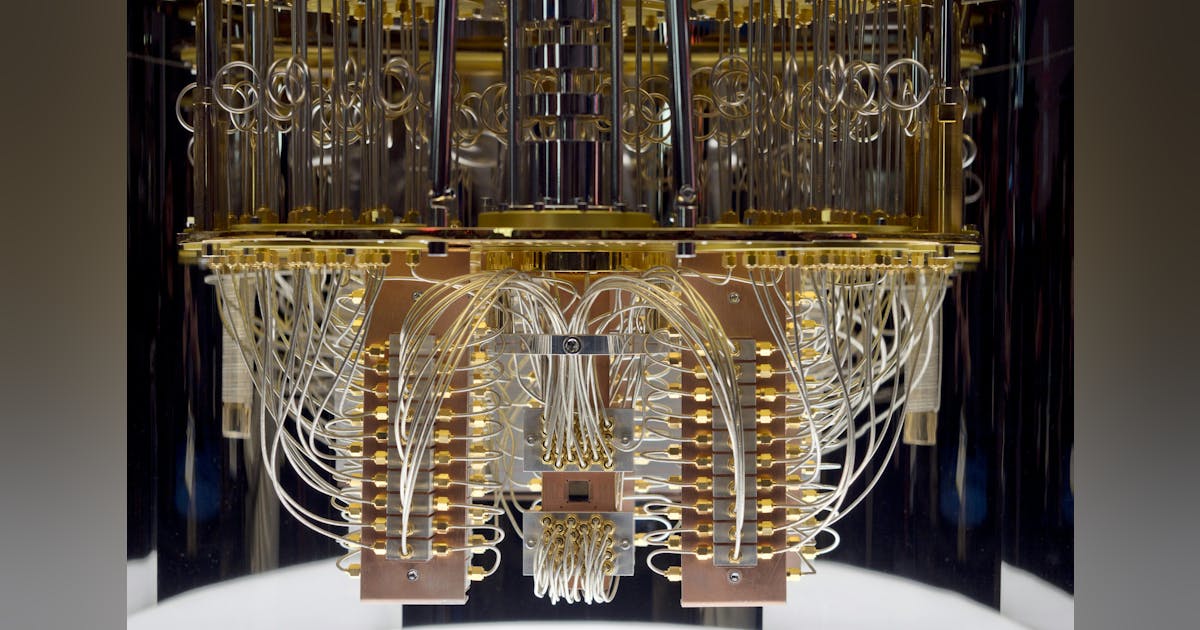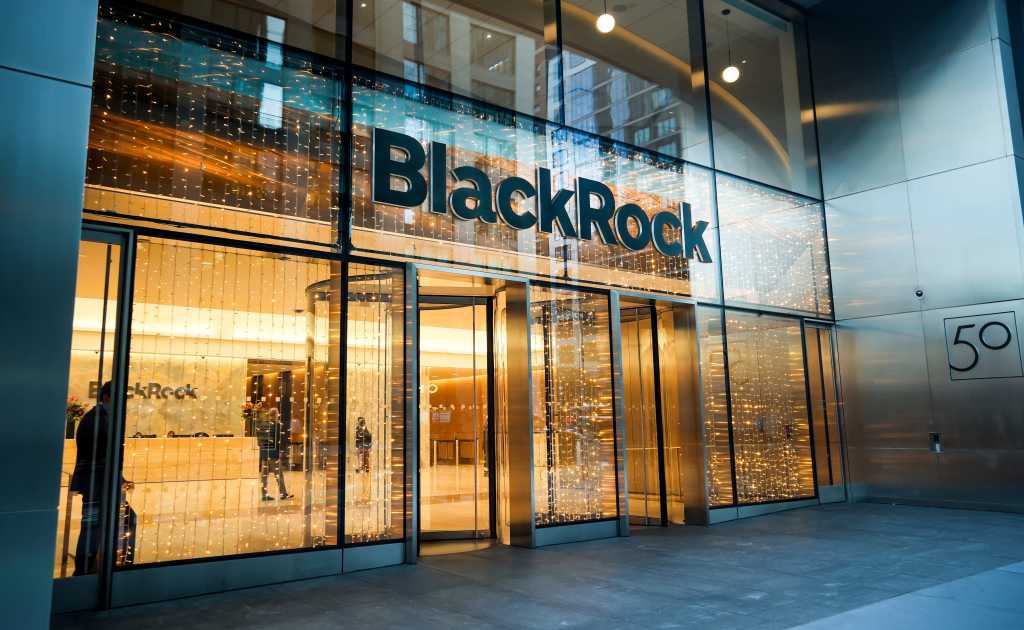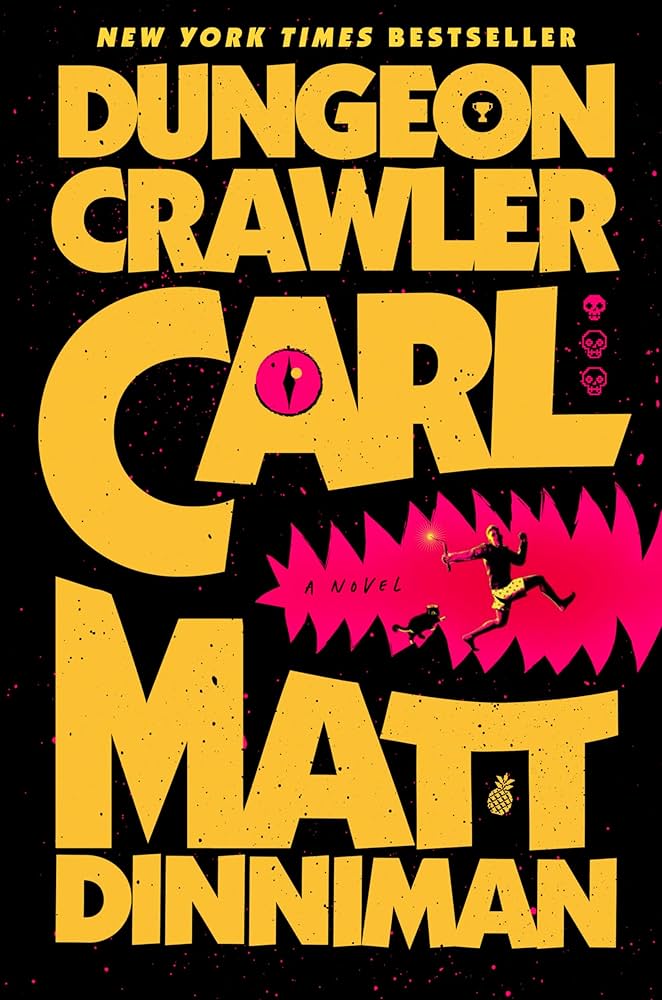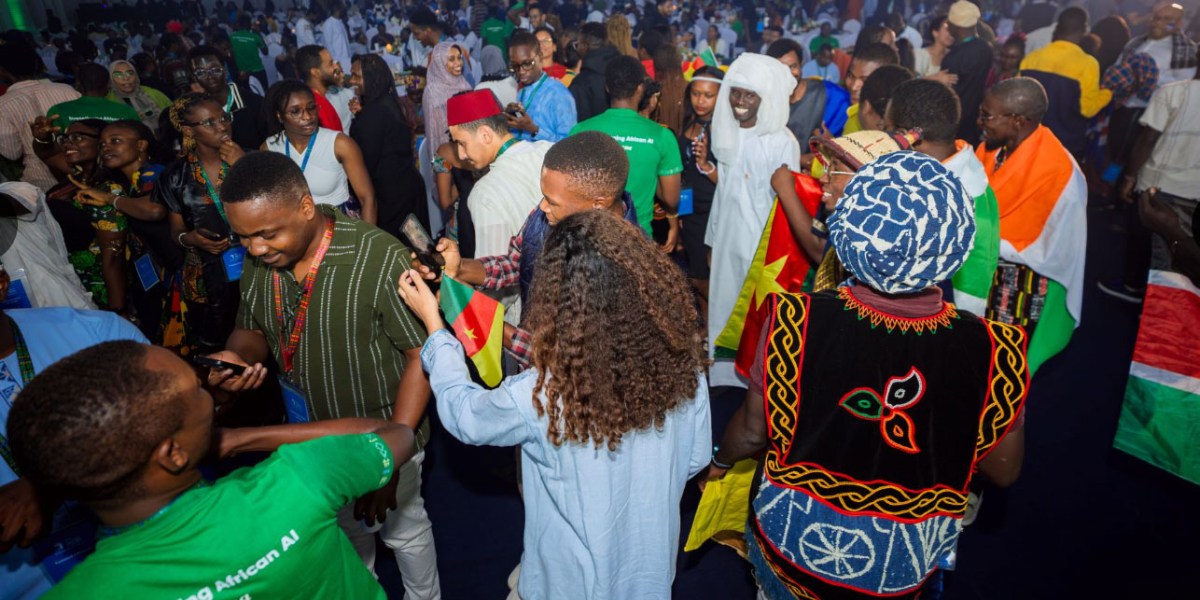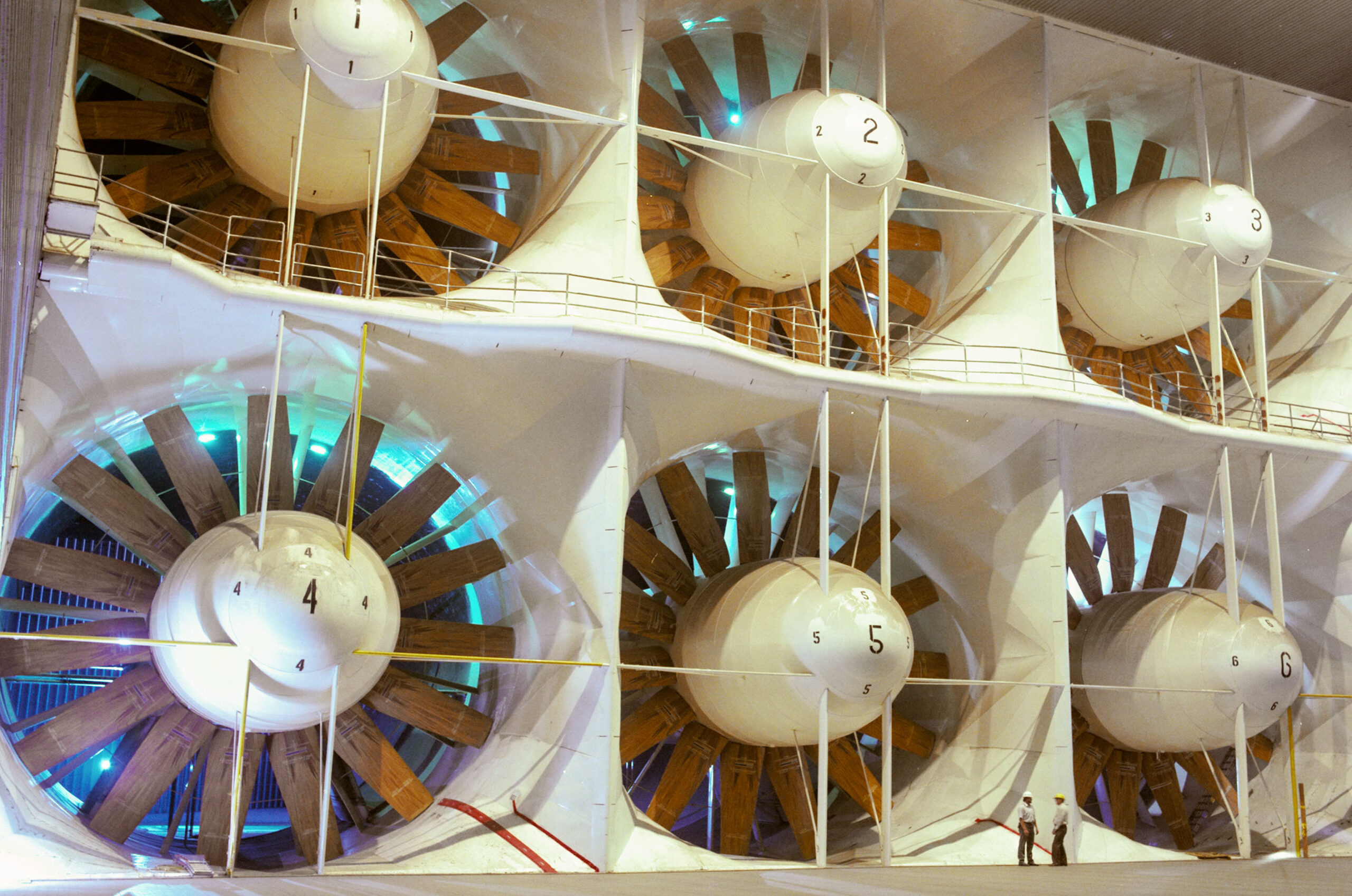Institute Professor Mildred “Millie” Dresselhaus forever altered our understanding of matter—the physical stuff of the universe that has mass and takes up space. Over 57 years at MIT, Dresselhaus also played a significant role in inspiring people to use this new knowledge to tackle some of the world’s greatest challenges, from producing clean energy to curing cancer. Although she became an emerita professor in 2007, Dresselhaus, who taught electrical engineering and physics, remained actively involved in research and all other aspects of MIT life until her death in 2017. She would have been 95 this November.
Known as the “Queen of Carbon,” Dresselhaus was most often heralded for her pioneering work with one of nature’s most abundant and versatile substances. As a result of her insatiable curiosity about our world and her nearly six-decade career as a scientific explorer, we can thank her for significant leaps in how we think about carbon’s various forms and the company it keeps. In her early career, Dresselhaus employed a then-new invention—laser light—to probe carbon’s inner workings. She worked to distinguish how, for example, flat sheets of carbon atoms act differently from carbon crystals of three dimensions, especially in the presence of heat, electrons, or a magnetic field. And later she predicted the existence of what we now call carbon nanotubes, sheets of carbon atoms rolled up into minuscule cylinders that can be remarkably adept at conducting electricity.
Building on Dresselhaus’s far-reaching foundational research, scientists and engineers have made enormous advances at the nanoscale—with structures on the order of one hundred-thousandth the width of a human hair. Spherical carbon “buckyballs,” cylindrical carbon nanotubes, and two-dimensional carbon sheets known as graphene have already been used for energy storage, medical research, building materials, and paper-thin electronics, among many other applications. Today, these carbon structures continue to be developed for myriad novel uses that often seem taken from the realm of science fiction, including ultrafast quantum computers, efficient desalination devices, and quantum dots with applications in biosensing and drug delivery. For her work she won—among other honors—the Kavli Prize in Nanoscience, the National Medal of Science, and the Presidential Medal of Freedom, the highest civilian award given by the United States government.
But her journey to MIT, and to global leadership in solid-state physics, was an improbable one. Born in Brooklyn, New York, to immigrant parents in 1930, Dresselhaus came of age at a time when women were rarely welcomed as scientists or encouraged to pursue technical fields. Yet she benefited from several key mentors who saw her potential and took deliberate steps to support a brilliant young mind.
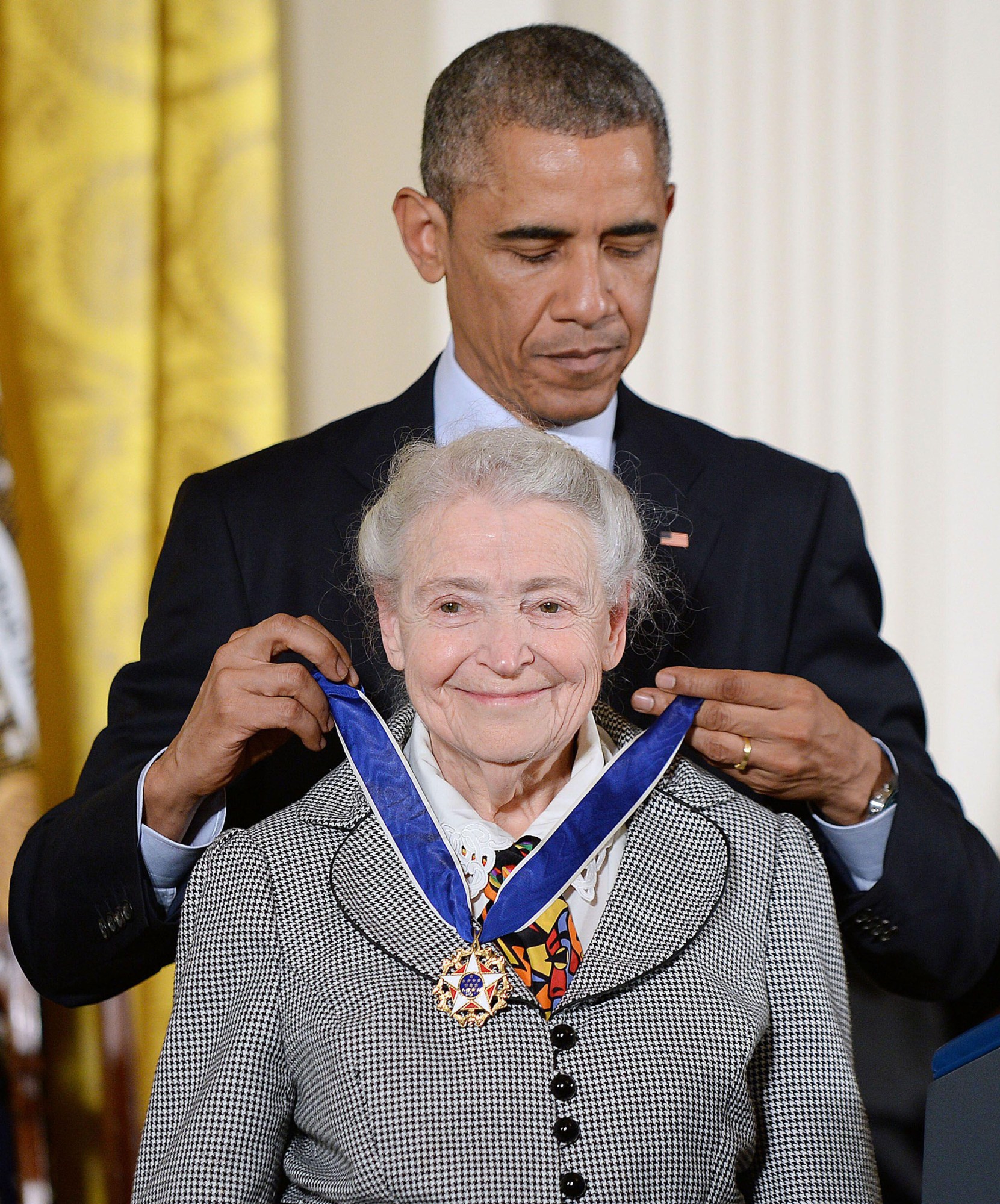
One of those mentors was Enrico Fermi, the distinguished Italian-born nuclear scientist who played a leading role in the Manhattan Project and who concluded his career as a professor of physics at the University of Chicago. Fermi came to America after receiving a solo Nobel Prize in 1938 (for work on induced radioactivity) and then fleeing the Nazi regime with his Jewish wife, Laura. The story of how Fermi influenced an up-and-coming Millie Dresselhaus—and, by proxy, scores of students who would study under her—reveals how paying it forward to the next generation of scientists and engineers can yield lasting dividends.
In 1953, with the nuclear age firmly underway and the Cold War heating up, Dresselhaus found herself, at 22, one of the new graduate students within the University of Chicago’s world-class physics department. Although a number of researchers who had worked on the Manhattan Project there had by then left for other opportunities, many luminaries remained. In addition to the renowned Enrico Fermi, notable faculty included the Nobel laureates Harold Urey and Maria Goeppert Mayer (with whom Dresselhaus lived for about a year as a boarder) as well as the physicist Leona Woods, the only woman present during the famous 1942 fission demonstration on one of the school’s squash courts.
The university’s physics program was fairly small in those days: Dresselhaus had earned a spot as one of just about a dozen new graduate students that year. She was also, it turns out, the only female student in the department. Despite a master’s degree in physics from Radcliffe College and a Fulbright fellowship at the University of Cambridge, she felt not quite prepared as she began her PhD. And so, at the start of her doctoral studies, she discovered a cache of old examinations, and she worked the problems therein forward and back until she felt up to speed.
Despite this added practice, the coursework for first-year PhD candidates was brutal—so brutal that around three-quarters of all entering physics students eventually dropped out of the program. But Dresselhaus’s relationship with Fermi would provide an unexpected boost.
She first encountered the unflappable scientist—who made crucial strides not only in the development of the atomic bomb but in particle physics after the war—as a student in his class on quantum mechanics. And through that class, Dresselhaus got to know his teaching style, which she recalled as patient, inspiring, and mind-opening. With a slow, deliberate, accented voice that Dresselhaus described as “halting,” Fermi expertly distilled complicated topics so that anyone in attendance could comprehend them. Brilliant at both theory and experimentation, he delighted in stripping concepts to their essence, and unlike more impatient professors who were absorbed in their own work, Fermi cherished the opportunity to review whatever he knew about a physical concept by explaining it to someone else. For this he clearly had a talent; thanks to the way he presented the finer details of quantum mechanics, Dresselhaus explained, “any youngster could think, when they heard the lecture, that they understood every word.”
One key to the eminent scientist’s clarity was the ban he placed on taking notes. Fermi demanded full attention, so he would prepare and dole out handwritten notes before his lectures, lest students be tempted to take out their pens or slide rules. “What was so impressive and amazing about it is that the lectures were very exciting, whatever the subject was,” Dresselhaus said in a 2001 interview.
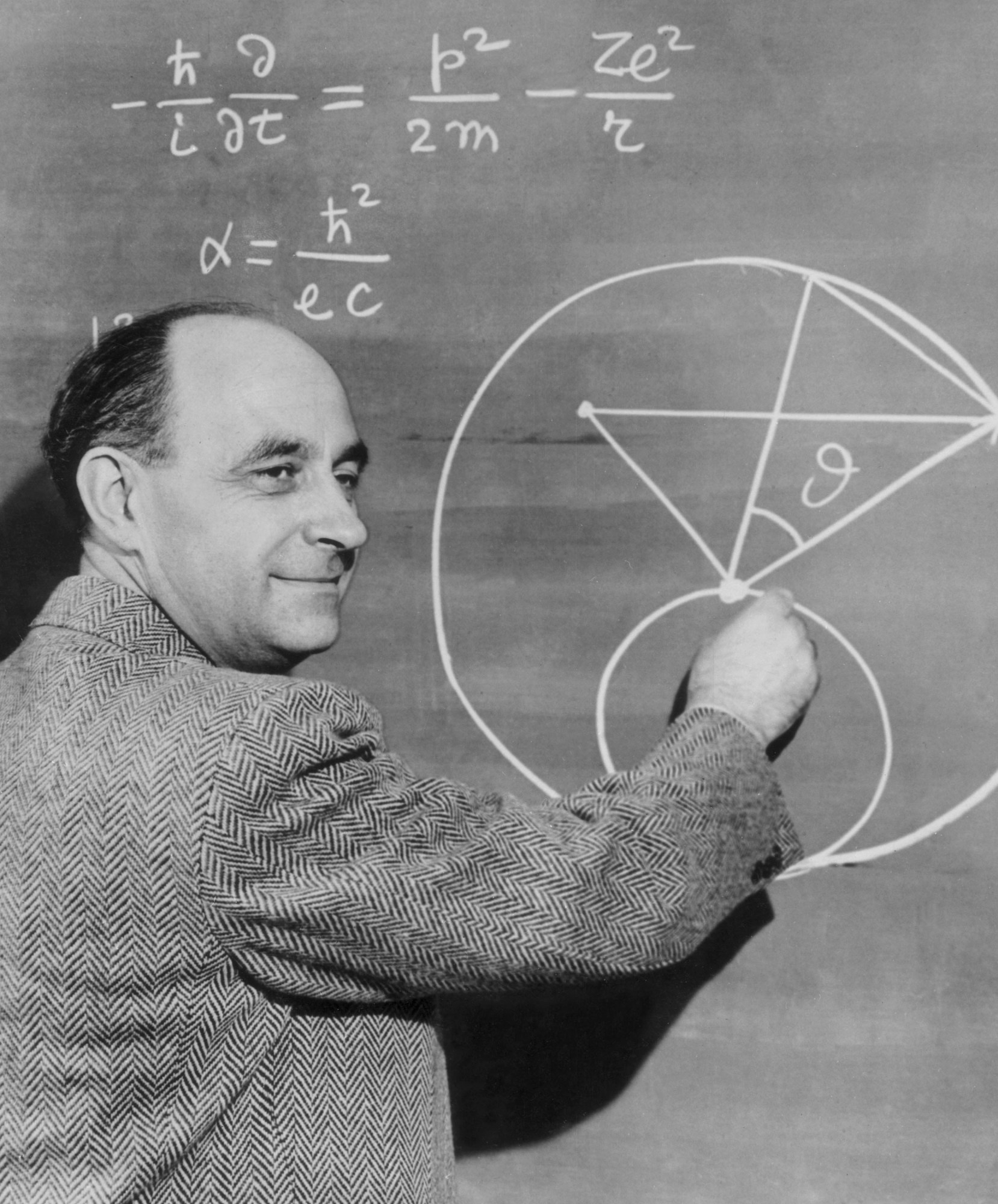
And then there was the homework, which was always tricky, but delightfully enlightening once you figured it out. At the end of every class, Fermi floated a seemingly simple problem to be solved as an exercise prior to the following lecture. These included questions like: Why is the sky blue? Why do the sun and stars emit spectra of light? And, famously, how many piano tuners are there in Chicago? “You thought it was simple until you got home,” Dresselhaus said in 2012, upon receiving the Enrico Fermi Award, a lifetime achievement award given by the US Department of Energy. These types of questions became known, collectively, as “Fermi problems” and are taught today in schools around the world, from kindergarten all the way to graduate-level courses, as examples of how to estimate and triangulate in search of an answer, even when you don’t know all the relevant—and seemingly necessary—parameters. Back when Dresselhaus was learning about such problems, all she knew was they were due by the next class, no more than a day or two away, and they took a significant effort. “I think we learned a great deal from him in the formulation of problems of physics, how to think about physics, how to solve problems, and how to generate your own problems,” she said.
Indeed, throughout her career, Dresselhaus credited Fermi with teaching her how to “think as a physicist.” A key concept behind the Fermi system, she often stated, was the idea of single-authorship research: Grad students were expected to conceive of, carry out, and publish their thesis work more or less on their own, without the guiding hand of a more senior faculty member. This required them to work with others to develop a broad understanding of physics that they could then apply to a research topic they’d generate themselves.
Fermi’s connection with students didn’t end in the classroom. He was well known for frequent interactions with young people, and for being the rare senior faculty member who regularly integrated students into his personal life. “It was not beneath him to associate freely with students and to treat them as equals,” said Jay Orear, a career physicist and graduate student of Fermi’s, in a book of remembrances about his advisor. “In fact, I think he enjoyed young physics students more than some of his older colleagues.”
For Dresselhaus, this integration began, quite literally, on her way to school. She and Fermi lived in the same general vicinity, and both were early risers who walked down Ellis Avenue on their way to the lab each day. “I had him for class first thing in the morning. And on my way, walking to school, I would see him. And he would cross the street and walk with me,” Dresselhaus recalled in a 2007 oral history interview. “That’s just being very friendly, and that made a long-term impression on me.”
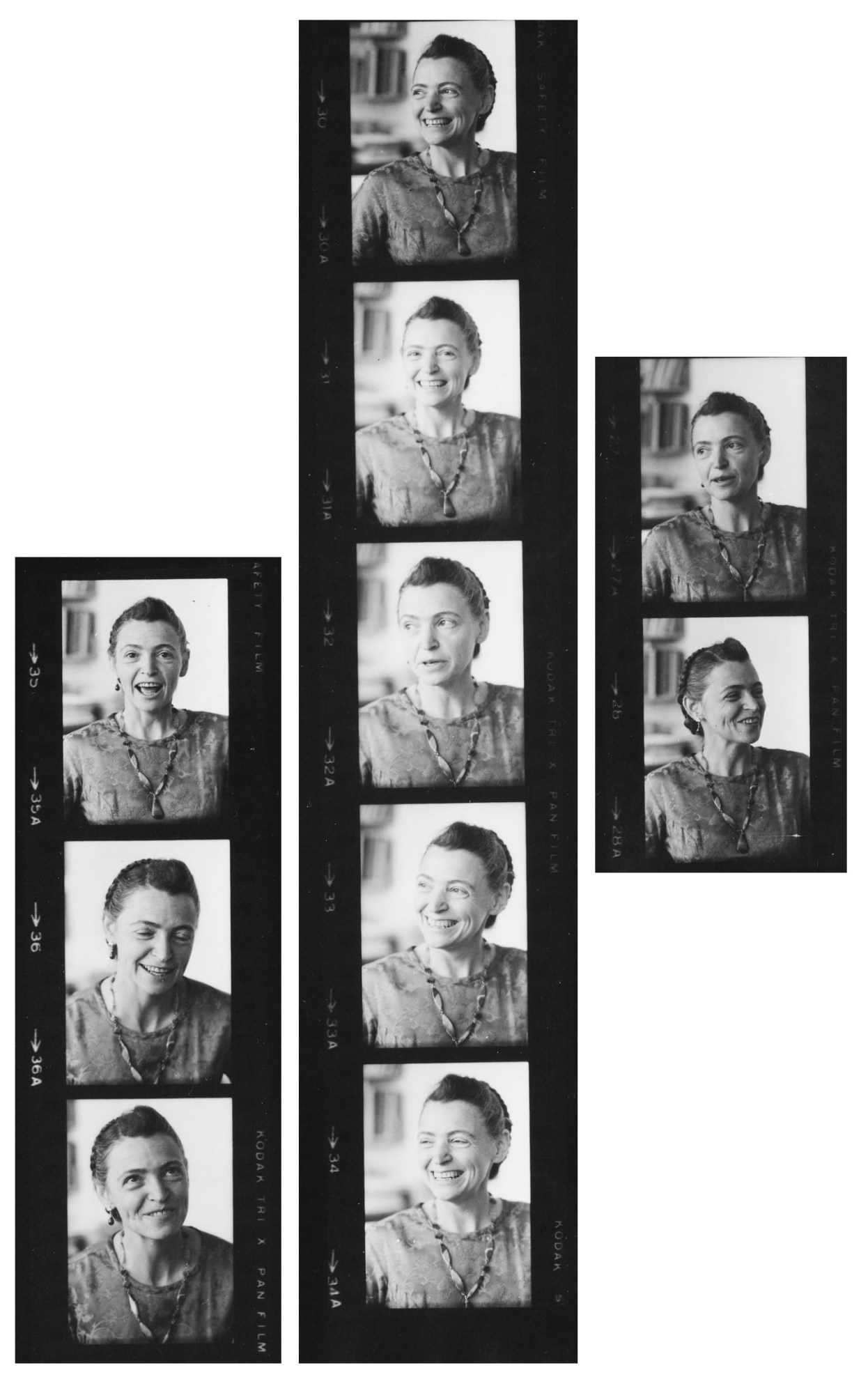
Whenever they met, Fermi would always select the subject of discussion and would never fail to energize and inspire her. “I was a very shy youngster and wouldn’t think of suggesting the topic to Enrico Fermi,” she told MIT Alumni News in 2013. “He would always ask questions about ‘What if this and this and this were true? What if we could make this—would it be interesting, and what could we learn?’”
Fermi and his wife, Laura, were well known for hosting monthly dinners at their house, with dancing afterward—and his students were always invited. “Fermi especially liked young people,” noted Harold Agnew, a longtime physicist and one of his graduate students, in a remembrance published after Fermi’s death. “The top floor of his Chicago house had a large room in which he would invite students to come and square-dance.”
“I remember those dinners,” Dresselhaus said in 2012. “Laura Fermi was a very, very good Italian cook.” But more than the cooking, she said, “it was the ambiance and the friendliness in that household that really made us enjoy physics—it was something more.” That “something more” would inspire Dresselhaus later in her career to provide her own students at MIT with a familial atmosphere in the lab, at group luncheons, and at events in her home, where lines between student and professor were blurred a bit and kindred spirits enjoyed one another’s company.
Dresselhaus’s acquaintance with Fermi would last only a year. He had developed an incurable stomach cancer, possibly a result of exposure to radiation from his earlier work, and died on November 28, 1954. But he left a fantastic impression that influenced her for the rest of her days, instilling in her a commitment to public service and guiding how she trained her own students.
“The most important thing that young people need is the confidence that they can succeed. That’s what I work on.”
“Fermi had the most profound influence on physics teaching in the United States, and our graduate programs … are much fashioned from his way of teaching,” Dresselhaus said in 2001. She later added, “From him, I learned that we don’t have to be leaders in every field, but we can use our understanding to see connections that others might miss.”
The broad physical and scientific knowledge that Dresselhaus developed as a result of Fermi’s system for teaching graduate students helped her in numerous ways throughout her career. It proved useful on several occasions when she had to make significant course corrections, with very little background in the areas into which she pivoted. And she relied on it as a leader of national programs with diverse constituents.
But perhaps the grandest lesson that Dresselhaus gained from her mentor was an understanding of what it takes to be a great teacher and advocate. “The most important thing that young people need is the confidence that they can succeed,” she explained in 2012. “That’s what I work on. When I have students, I make sure they are able to formulate and solve their own problems. I will help them, if they come in and talk with me. And I make sure they receive training for their next job.”
By all accounts, she more than succeeded in that effort. At MIT, she became a beloved professor who both pushed her students to be their very best and provided support in ways big and small to ensure high achievement—helping students network for career opportunities, hosting any student who didn’t have a place to go for Thanksgiving dinner, teaching an entire recitation section for an engineering student who showed great promise but needed help getting up to speed in solid-state physics. She said, “I always felt Fermi and Rosalyn [Yalow, her undergraduate mentor at Hunter College] were interested in my career, and I try to show the same concern for my students.”
In the eight years since Dresselhaus’s death, new advances from her colleagues have borne the signature of her research—and have begun branching out in ever more fascinating directions. Graphene, for example, remains one of the hottest topics in science. Back in the early and mid-2010s, Dresselhaus worked on what she and others called “misoriented graphene.” She and others predicted that by twisting sheets of graphene so that their honeycomb patterns are slightly misaligned when superimposed, researchers could introduce “interesting patterns” that might lead to useful properties. In 2018, Dresselhaus’s MIT colleague Pablo Jarillo-Herrero realized this idea: He and others discovered that if two graphene sheets are combined into a superlattice, aligned at a “magic angle” of 1.1 degrees, the system can become either superconducting or insulating. The development was hailed as a major discovery and marked a jumping-off point for a subfield now known as “twistronics.” Physics World named it Breakthrough of the Year.
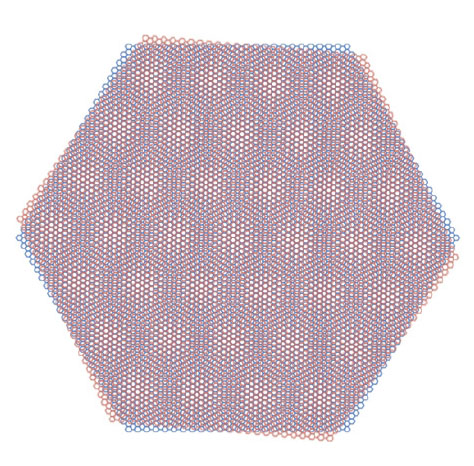
Also in 2018, MIT opened its doors to a gleaming new nanoscience and nanotechnology research facility at the heart of campus. The $400 million MIT.nano project was a long time in coming; although Dresselhaus missed out on the grand opening, she was very much looking forward to its completion, and to the start of a new generation of nanoscale endeavors at the Institute that would seek to expand humanity’s understanding of physics, chemistry, materials science, energy, biology, and more. In her final years, Dresselhaus had looked to MIT.nano as an extension of her legacy.
In late 2019, the courtyard between the Institute’s Infinite Corridor and the southern façade of the MIT.nano building was dedicated in her memory. Dubbed the Improbability Walk, the space is a nod to Dresselhaus’s unlikely rise to international prominence from her humble beginnings in Depression-era New York. It also encourages those who might serve as mentors to take time to get to know younger colleagues and students, as Enrico Fermi did with Dresselhaus and Dresselhaus did with so many at MIT. For as improbable as it might seem, an encouraging word from a mentor can immeasurably enhance a young scientist’s life path.

Like Fermi before her, Dresselhaus was deeply committed to giving back—to students, to her research community, to society at large. Throughout her 86-plus years, she gave of her time, her intellect, her energy, her love, and her enthusiasm. In one of her final interviews, the Queen of Carbon issued a ringing invitation. “We need new science and we need new ideas, and there’s plenty of room for young people to come in and have careers discovering those new ideas,” she declared. “Life is very interesting in this lane. Come and join me!”
Adapted from Carbon Queen: The Remarkable Life of Nanoscience Pioneer Mildred Dresselhaus, by Maia Weinstock (MIT Press). Copyright 2022. Reprinted with permission.

